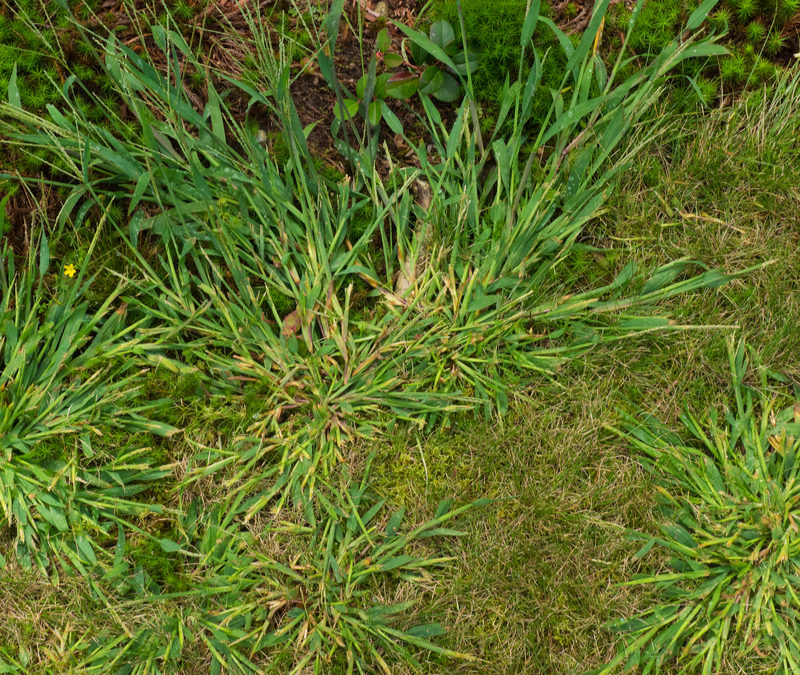We all want a lush, green lawn in the summer, particularly in the months when our yards become our favorite hangout spots. Unfortunately, for many Massachusetts homeowners, a lack of crabgrass control stands in the way of us achieving that ever-elusive estate-quality turf. Not only does this coarse grass look unappealing, but it’s also uncomfortable to walk on and can damage the overall health of your lawn.
Even under the best growing conditions, crabgrass control can be challenging. However, there are things you can do to prevent and treat it once it begins to take root in your New England property. Some essential steps to consider:
Crabgrass: Prevent It
Early prevention is critical with this weed. Crabgrass takes over quickly, almost instantly stopping new, healthy grass from growing. Using a pre-emergent herbicide treatment on your lawn in the spring can prevent new crabgrass seeds from germinating. The application of the pre-emergent herbicide will largely depend on the weather. If you’ve had a warm winter, you may need to apply earlier in the spring than usual. Once the ground temperature rises above 60 degrees, it’s ready for treatment.
For newly seeded lawns, wait until you have mowed a few times before administering the herbicide to avoid killing new grass. You also want to be thorough when you use the pre-emergent, as missing even a small patch of crabgrass can result in rampant spreading throughout the yard. Always read the container carefully before treating your lawn with any chemical substance, as some aren’t safe for pets.
Crabgrass: Eliminate It
If you do find your lawn full of crabgrass, there’s still hope. The best way to eliminate this disruptive weed is to call a professional lawn and turf care service provider to treat it. A qualified team of landscapers will have access to market-leading products and state-of-the-art equipment to help safely and effectively eliminate a crabgrass outbreak.
If you do plan on treating your crabgrass problem by yourself, start by physically removing it. You may need to water the lawn to loosen up the roots, but afterward, you can pull crabgrass out by hand. After it’s been removed, water the grass thoroughly to prepare it for a post-emergent treatment. Just like with the pre-emergent, be sure to read the bottle carefully for any lawn care products you buy.
Crabgrass: Control It
Yes, crabgrass will die on its own in the fall. However, its autumn demise doesn’t mean it won’t come back again in the spring. This resilient weed won’t be gone for long without proper crabgrass control. One of the most effective ways to keep crabgrass from returning is to improve the overall health of your lawn. The healthier your lawn, the less susceptible it will be to a weed outbreak of any kind. Consistently water your lawn, keep it well maintained, and let trimmings stay behind to promote natural nutrients that fortify the soil’s health and strength. Since crabgrass likes light, you also want to fertilize to keep the turf as thick as possible for preventative shade near the soil surface.
Crabgrass doesn’t mean the end of your lawn as you know it, but it does take some work to prevent its growth and return. With the right crabgrass control, you can have a soft, green, beautiful lawn all season long. For more information, contact Barefoot Lawns at (508) 281-1441.


Recent Comments